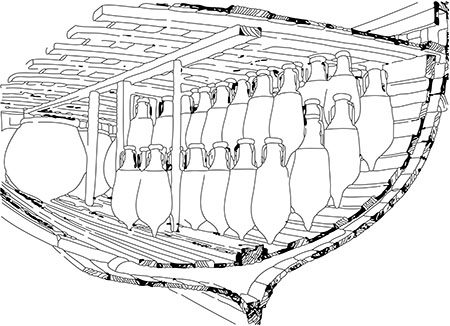
Yet Rome’s idealisation of Athens and its prestigious past ultimately proved the city’s salvation. The monumental west gate of Athens’ Roman forum bears inscriptions dedicating it to the city’s patron goddess, and acknowledging donations from Julius Caesar and Augustus that funded its construction. Come the dawn of the Empire, when Horace was writing and the Greek mainland had been under Roman rule for almost 150 years, its art, architecture, literature, religion, philosophy, medicine, and much more were all solidly embedded in the Roman imagination.

By the 3rd century BC, aristocratic enthusiasts were proudly declaring themselves ‘philhellenes’ (despite the protests of naysayers like Cato the Elder, who decried Greek customs as morally decadent), and adorning their atria with statues and bronzes. Hellenic ways had long been familiar to the republic, thanks to the coastal communities who settled in southern Italy from the 8th century BC (lands that the Romans called ‘Magna Graecia’), while subsequent contact with – and conquest of – the lands once united under Alexander the Great only strengthened these influences.


Writing in his Epistles at the end of the 1st century BC, the Roman poet Horace commented that ‘captive Greece took her crude conqueror captive, and brought her arts to rustic Latium’ – by which he meant that Roman society had gone mad for Greek culture.


 0 kommentar(er)
0 kommentar(er)
